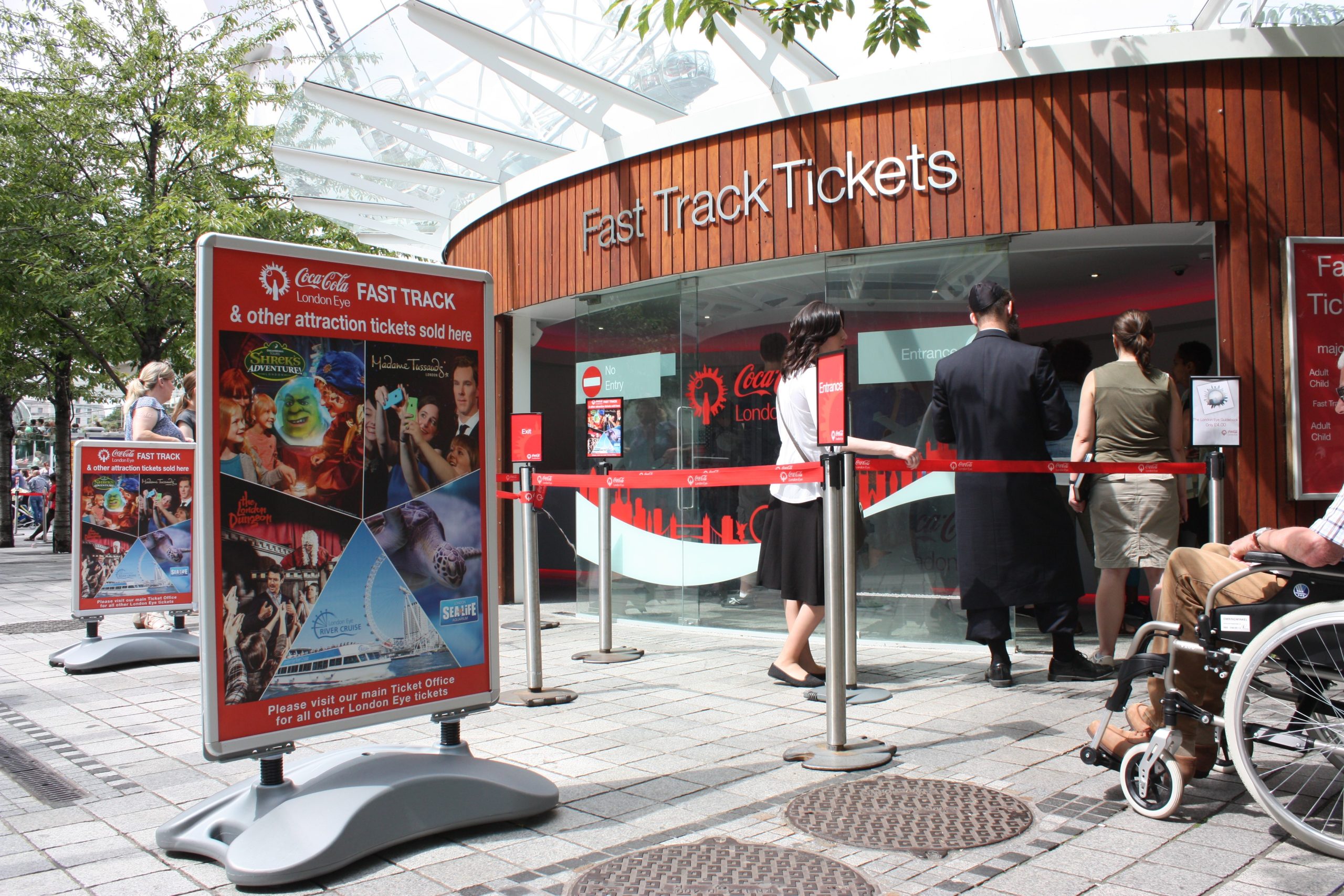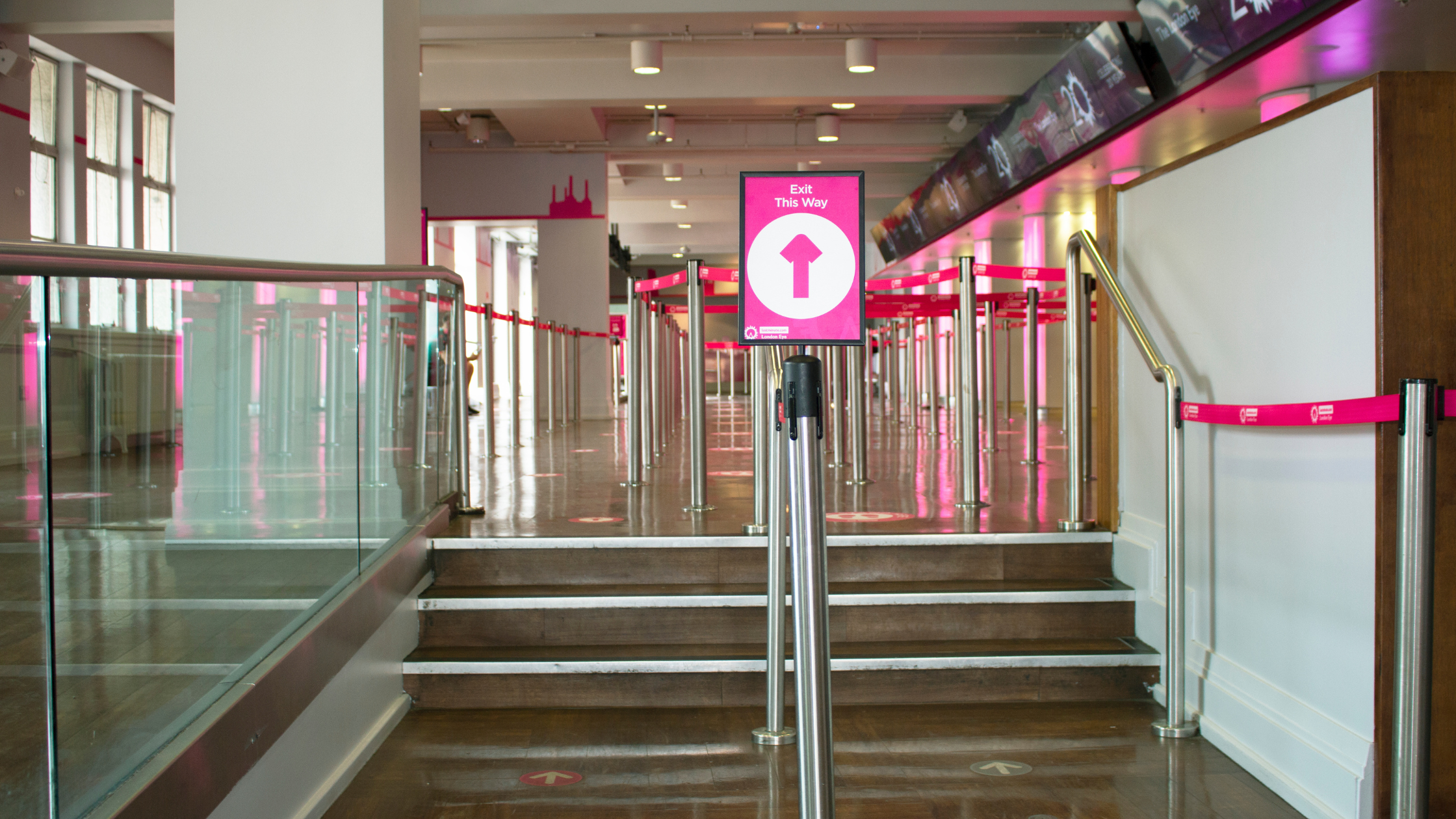- Home
- Sectors
- Solutions
- Tensabarrier®
- Tensator® Charging Stations
- Tensamedia® Wayfinding and Signage
- Lawrence® Post & Rope
- Tensator® Airport Passenger Guidance System
- Electronic Queuing – eQ™
- Tensaguide® Modular Barrier System
- Tensator Micam Protection – TMP
- Safety Solutions
- Access Control
- In-Queue Merchandising
- Virtual Queuing – VQMS
- Tensator® Virtual Assistant
- Custom & Bespoke Solutions
- Resources
- About
- Contact Us
- Shop
 English (English)
English (English)
15
Nov

Know your audience
Event health and safety can be individual to the event type and especially the venue. Whether you’re in charge of a 60,000-seater stadium or staging an Oktoberfest, each one has its own specific challenges.
One way to plan what you need to keep people safe is to be prepared for a wide range of visitors. Your event may be aimed at children or you could be dealing with excited (and thirsty) fans.
Often, your visitors’ minds won’t be on keeping themselves safe, so be prepared for avoidable issues. Accidents like slips and trips can happen more easily when people aren’t on the ball and could prove expensive for showrunners if they’re found liable. Highlight potential dangers clearly and block off hazards to protect your customers (as well as your profit margins and your reputation).
In many locations, you’ll need to consider access and facilities for visitors with mobility impairment or other special requirements. However, it’s better to think of this in terms of improving access for all guests. This will get your venue ready to provide a better experience for everyone. Our TensabarrierⓇ retractable belt queue barriers can help: the base has the lowest leading edge on the market to avoid creating a trip hazard or annoying obstruction.
Who’s in charge?
How many people will be involved in the running of your event? 2012’s London Olympic Games used 70,000 volunteers – manning venues, entertaining the crowd, directing lost visitors and even tending to cuts and grazes.
Whether your team is large or small, it needs to be well-structured and co-ordinated. From security to concessions staff, each person will need adequate training and to be properly briefed before the event. This is especially worth watching out for if you have a changing team or lots of occasional staff.
As part of your preparation, make sure you ask these questions:
- Do your employees and contractors know their legal responsibilities, as well as your emergency procedures?
- Has delivering a good customer experience been part of their training?
- Do they know who to contact to resolve a conflict?
- Will they act to arrange repairs (for example) instead of ignoring a potential problem?
It’s well worth considering an automated system to keep busy team members free for other tasks. EQ™ Call Forward and TensatorⓇ Virtual Assistant are two great examples that communicate with visitors to keep things running efficiently.
For more event management safety tips, read our blog on summer sporting event safety.
Information is power
Good signage and a clear layout make it easier for your guests to find what they’re looking for. An eye-catching solution like our InQ Totem™ can help them locate the start of the queueing line, but you can also use it to display information.
Digital signs are another way to give team or event updates inside your venue. Many guests are increasingly absorbed by smartphones and other personal media, so this is a good way to get their attention. (Screens capture 400% more views than static media.) Pre-preparing your media messages can get you ready for most eventualities. When things aren’t running smoothly, a lack of information can make a poor experience more stressful, so keep communication in mind.
You can also make it easier for customers to communicate with you. Ozone is a solution that gathers customer feedback that they send via their own devices. It can be used to channel feedback to the appropriate manager: that way, issues can be acted on instead of waiting to be discovered.
Statistics suggest that around 1 in 25 customers will actually complain about poor service. However, an American Express survey found that a third of respondents would consider switching to a different company after just one unsatisfactory experience. Two-way communication is a highly important way to deliver good service – crucial to delivering a successful event and ensuring repeat business.
Event health and safety solutions for crowd control and queue management
Getting your venue organised will take time and consideration. Any products and solutions you invest in will need to be well-designed, robust and high-quality to do the job right. Look for these elements when you are doing your research:
- Weight of the product
- How easy it is to move and assemble
- What it’s made from and how this compares to other options (e.g. plastic, metal)
- Suitability for the area where it will be used e.g. indoors/outdoors
Our new Event Post queue barriers answers a lot of these questions. It’s lightweight, despite its heavy-duty base, and includes easy-carry handles. A unique, patented top cap allows the rope to slide into place and lock without tying, which helps with quick assembly. The post is designed for both indoor events and outdoor use (although we advise storing it inside).
Visit our sporting solutions and events pages to see how we could help you make your venue run more smoothly and safely. If you’d like specialist advice from a Tensator consultant, get in touch.




